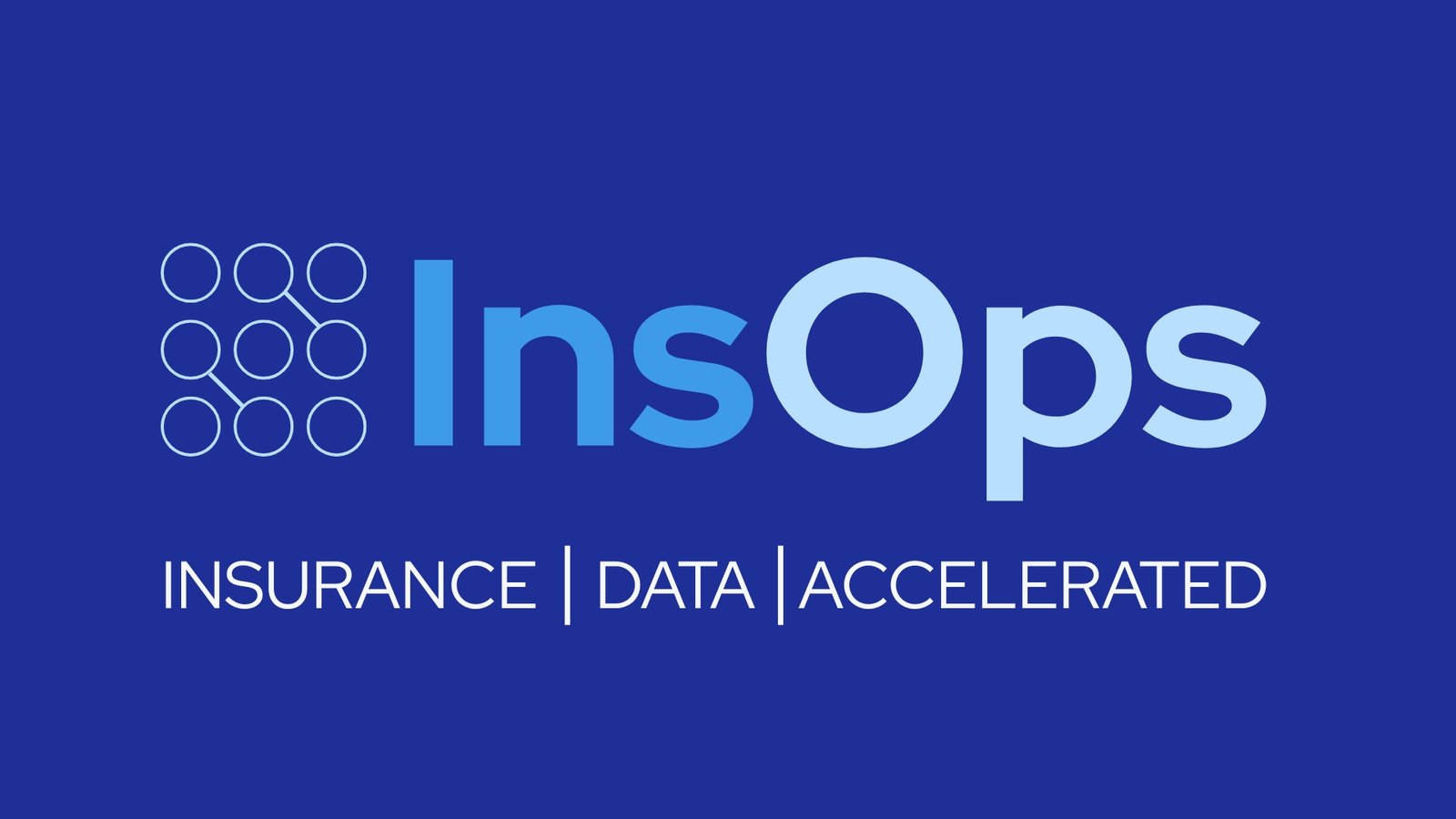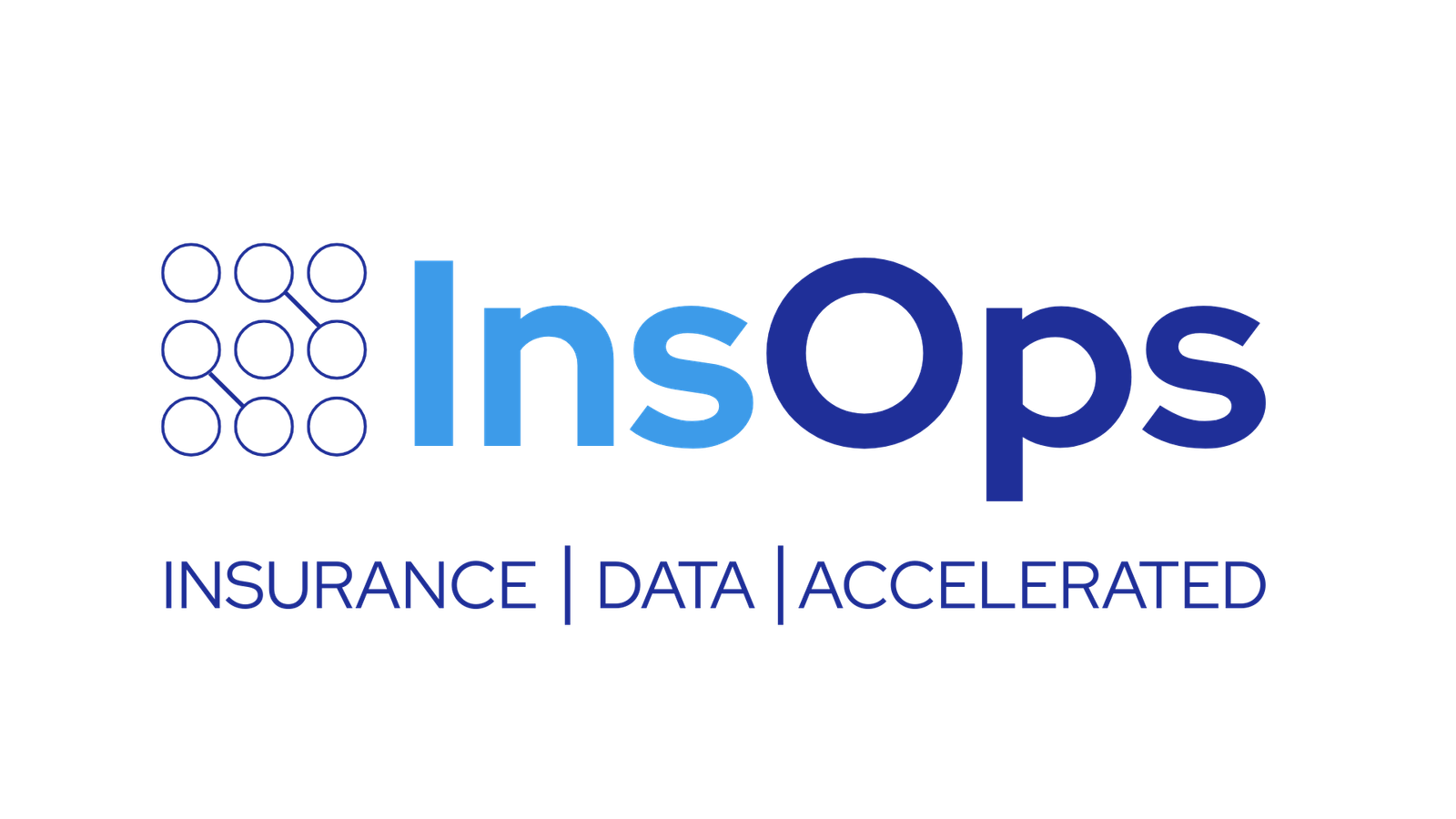Insurance Data Migration: What Insurers Need to Know
Insurance companies rely on massive volumes of historical data to operate, serve policyholders, and meet regulatory standards. But much of this data is locked inside aging legacy systems that were not designed for today’s cloud-native, API-first world.
Insurance data migration—the process of securely transferring data from legacy platforms to modern systems—is a critical step in modernization. However, most insurers underestimate its complexity. Done poorly, migration introduces risk, delays, and downstream system issues. Done well, it lays the foundation for automation, analytics, and AI-driven operations.
This blog breaks down the entire insurance data migration process, common pitfalls, and proven methods to reduce risk and shorten timelines.
Why Insurance Data Migration Is Challenging
Insurance data is not just large in volume; it’s deeply relational and regulated. Some of the most common challenges insurers face include:
Legacy complexity:
Many insurers still use platforms like AS/400, Oracle Forms, or outdated SQL Server databases with hardcoded business logic. Extracting data from these environments often requires custom scripts and deep domain expertise.
Data inconsistency:
Decades of system changes, manual entry, and mergers create duplicate, missing, or conflicting records.
Compliance risk:
Regulations such as NAIC standards, HIPAA, and state-level data laws require full traceability and secure handling throughout the migration.
Operational disruption:
Migrations can impact ongoing claims handling, policy administration, and billing if not managed with safeguards in place.
These challenges make it clear why generic ETL tools or “lift-and-shift” approaches often fail in the insurance context.
A Step-by-Step Guide to Insurance Data Migration
1. Planning and Readiness Assessment
Before any data is moved, insurers need a clear understanding of:
A readiness assessment should also define goals (e.g., policy system replacement, cloud transformation), key stakeholders, and high-risk data domains.
2. Data Profiling and Mapping
This step uncovers gaps in data quality and prepares the foundation for migration. Key activities include:
For example, claims-related data should retain relationships with policies, adjusters, and historical notes.
3. Cleansing and Transformation
Clean data not only ensures compliance but also improves downstream performance. During this phase:
Automated tools with pre-defined insurance logic help reduce manual effort and ensure consistency.
4. Migration Execution
There are typically three approaches:
Automated tools with pre-defined insurance logic help reduce manual effort and ensure consistency.
5. Testing and Reconciliation
Testing is essential to ensure business continuity and compliance:
This phase often requires business users to validate functionality and spot edge cases.
6. Post-Migration Optimization
Once live, insurers should monitor:
Post-migration reviews also help uncover unused fields, redundant tables, or reporting bottlenecks that can now be cleaned up.
Governance, Compliance, and Security
Insurance data is heavily regulated. Migration must adhere to:
Insurers should also create a compliance review checklist that includes business rules, reconciliation processes, and validation milestones.
What to Look for in an Insurance Data Migration Partner
Not all migration providers understand the insurance domain. When evaluating partners, look for:
A good partner won’t just move data; they’ll ensure it’s clean, structured, and usable on Day 1.
How the InsOps Approach Is Different
At InsOps, we built our migration platform specifically for the insurance industry. Unlike traditional methods that rely on generic ETL tools or costly hand-coded scripts, our approach is designed to reduce risk, improve accuracy, and shorten delivery timelines.
Key differentiators of the InsOps model:
| Traditional Migration | InsOps Approach |
|---|---|
| Custom-coded scripts that break with schema changes | No-code migration engine built for insurance schemas |
| ETL tools not tailored to insurance logic | Pre-built connectors and rulesets for claims, policy, billing |
| Manual reconciliation and post-fix cycles | Automated validation and reconciliation built in |
| High time and cost overheads | Average timeline reduced by 70% compared to legacy vendors |
| Migration in isolation from business context | End-to-end alignment with compliance, business operations, and reporting needs |
In one case, we helped a P&C carrier migrate over 1TB of data from a 40-year-old AS/400 system to Guidewire Cloud in just 4 months—achieving over 99% accuracy and saving over $2 million in projected costs.
By eliminating fragile scripts and simplifying complexity, the InsOps platform helps insurers go live faster with business-ready, audit-proof data.
How Golden Bear Retired 40 years of Legacy Data 3x faster with InsOps


From AS/400 to AI-Ready in 4 Months: Golden Bear’s Modernization Journey
The Right Insurance Data Migration Approach Delivers Long-Term Value
Insurance data migration is more than a technical project—it is a business-critical transformation. Insurers that invest in proper planning, data quality, and compliance controls not only reduce risk but also set themselves up for future growth. Whether the goal is cloud adoption, faster claims handling, or AI readiness, success starts with data you can trust.
Frequently Asked Questions
What are the main risks in insurance data migration?
Common risks include data loss, mapping errors, compliance issues, and business disruption. These often stem from poor planning or tools not designed for insurance data. A structured approach with proper validation can help mitigate them.
How long does an insurance data migration project typically take?
Traditional migrations can take 12–24 months. With specialized insurance-focused tools and pre-built frameworks, timelines can shrink to as little as 3–6 months, depending on data volume and system complexity.
What tools are commonly used for insurance data migration in the US?
ETL tools like Informatica and Talend are common, but insurers increasingly use platforms purpose-built for insurance that offer no-code mapping, audit trails, and compliance features out of the box.
How can insurers minimize business disruption during migration?
Phased rollouts, strong data governance, and parallel testing help minimize disruption. Involving business users early and preserving access to legacy systems during transition also ensures smoother adoption.
What post-migration steps are crucial for success?
Monitor data accuracy, run reconciliation reports, and involve end-users in early feedback. Clean up unused fields and document all changes to support long-term system stability and regulatory compliance

